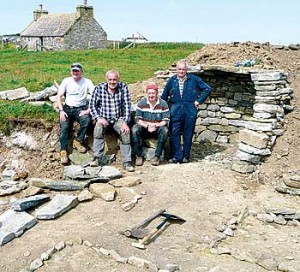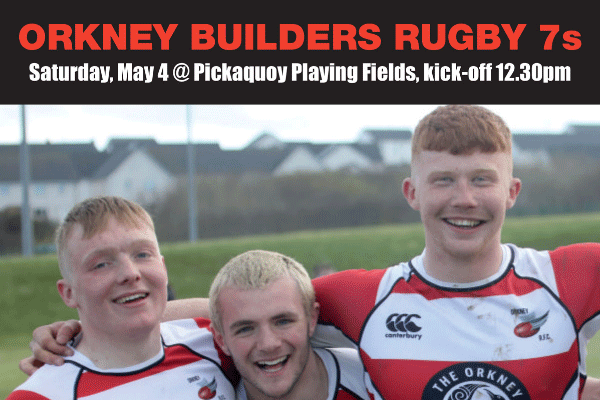Replicating the past at Sanday’s heritage centre

A replica of a Bronze Age “burnt mound” from the north end of Sanday will be unveiled at the island’s heritage centre on Sunday.
Burnt mounds are typical of Bronze Age Orkney (1800-600BC)
They are generally just mounds of blackened earth, usually found near a source of fresh water, mixed with the remains of heated stones and ash. Beneath these mounds lie the remains of paved areas, usually incorporating a hearth and a stone lined pit.

But the one excavated at Meur, in 2005, was altogether more sophisticated, with a paved area and an impressive water system incorporating a stone tank, cistern and overflow.
The archaeology was revealed by January storms and led to an emergency excavation before the elements obliterated the site entirely.
Ten years on, and a team, led by Joanna Hambly and Tom Dawson from the SCAPE (Scottish Coastal Archaeology and the Problem of Erosion) Trust at St Andrews University, along with volunteer members of Sanday Archaeology Group, has spent the last ten days re-excavating the site.
While the excavation has been going on, a copy of the burnt mound has been constructed, based on the drawings and records supplied from the diggers. Some of the most important stones will be transported to the reconstruction site, but others will be matched by similar stones from elsewhere.

